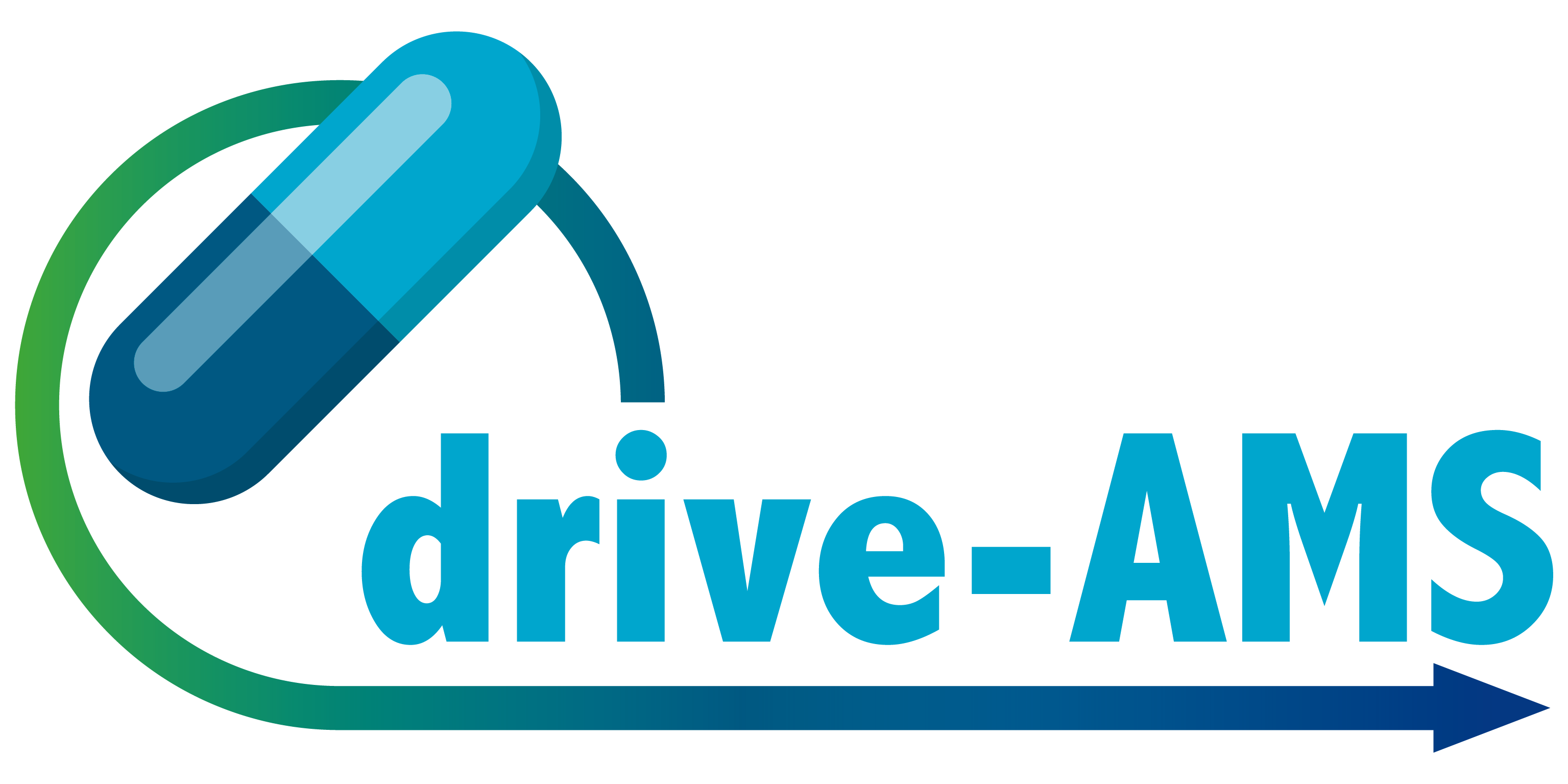The IMAGINE Project, co-funded by the European Union within the EU4Health Programme, takes a proactive approach to tackle this issue. Through targeted interventions, IMAGINE aims to reduce infection rates, especially UTIs, and minimize inappropriate antibiotic use in nursing homes across eight European countries: Denmark, Spain, Greece, Poland, Slovenia, Slovakia, Lithuania, and Hungary.
A comprehensive approach to infection control
At the heart of this initiative is a multifaceted intervention combining infection prevention and control (IPC) strategies with antimicrobial stewardship (AMS) practices. A key feature of IMAGINE is its participatory action research model, where the participants are involved in the design of the intervention, including the prioritization of content and the tools that are needed. A pre- and post-intervention audit will allow participants to assess their current practices and measure the impact of implemented strategies.
Training and impact
Over the course of the project, more than 100 nursing homes and 300 healthcare professionals, including registered nurses, care assistants, and physicians, will undergo training in IPC measures and AMS principles. This training emphasizes evidence-based diagnostic approaches, appropriate antibiotic prescribing, and effective management of medical devices such as indwelling catheters. By fostering these skills, IMAGINE aims to achieve measurable outcomes: a 20% reduction in suspected UTIs, a 40% decrease in inappropriate antibiotic use for these infections, and a 10% drop in the incidence of other infections.
Scalability and financial impact
What sets IMAGINE apart is its adaptability to the diverse realities of participating countries and its commitment to scalability. Local experts, such as infection control nurses and microbiologists, will tailor interventions to the specific needs of each LTCF, ensuring both relevance and effectiveness. Furthermore, the project’s ripple effect is notable: trained professionals will subsequently train peers, extending the reach of IMAGINE’s impact and yielding substantial economic benefits, including projected hospital savings of €1.5 million annually.
Synergies with drive-AMS
drive-AMS and IMAGINE complement each other by using behavioural science as a pillar for effective antimicrobial stewardship (AMS). Both projects employ audit surveys to assess antibiotic prescribing, ensuring data-driven improvements, and emphasize training to expand national AMS communities. By combining behavioural insights, education, and structured interventions, they strengthen efforts to optimize antibiotic use and combat antimicrobial resistance.

